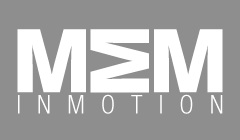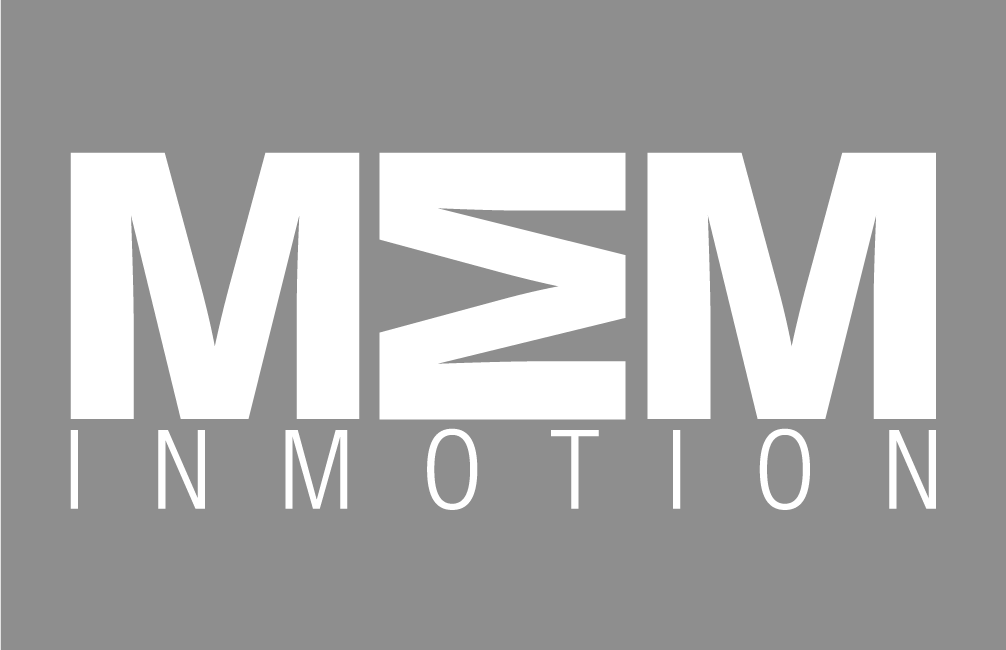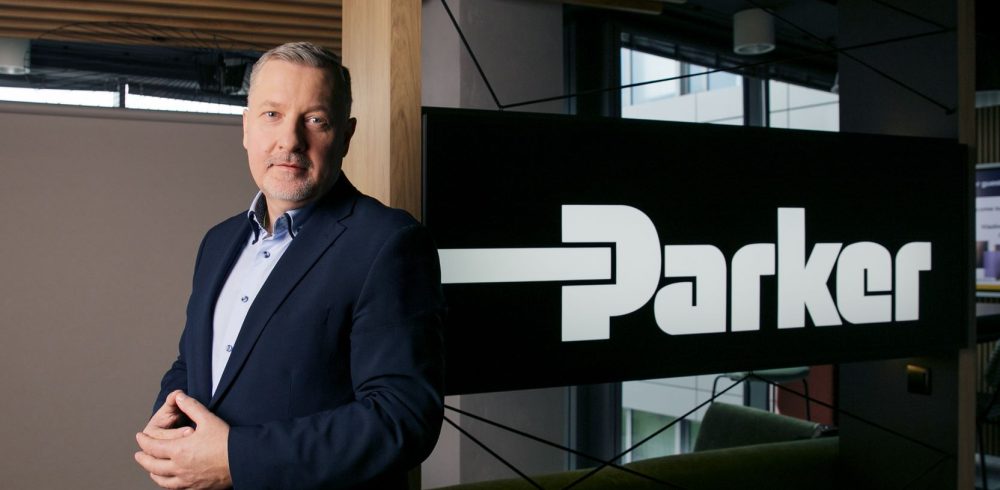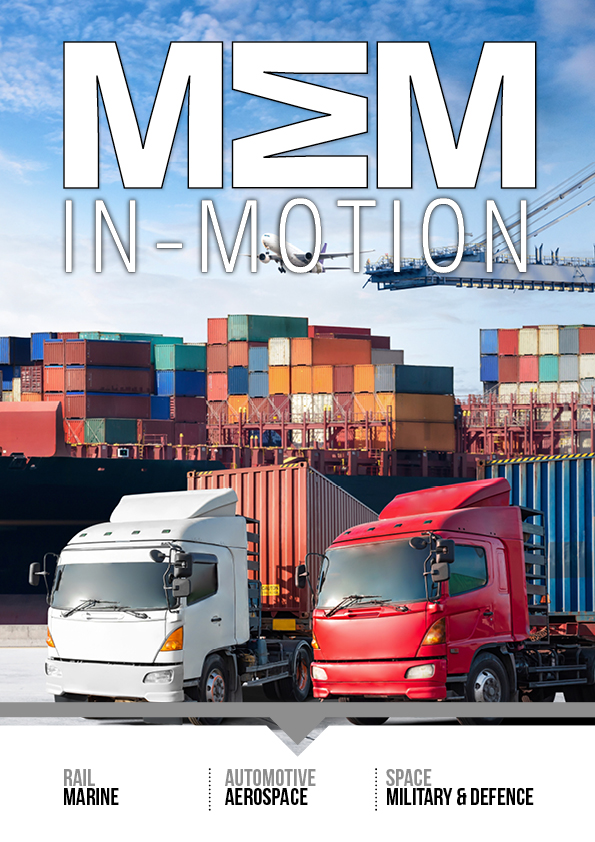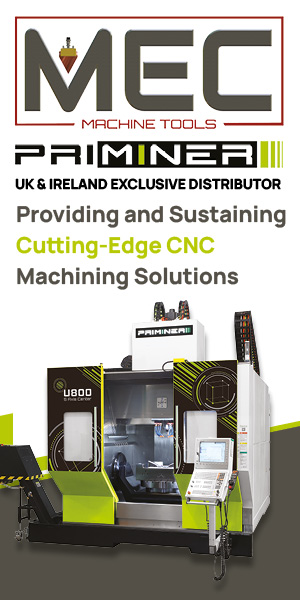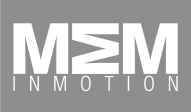At our facility in Cottbus, Germany, our Rolls-Royce Electrical teams are working with our research partners to develop sustainable hybrid-electric propulsion systems for aviation.
The Lusatia region, once famous for coal mining, is today becoming synonymous with the innovation of sustainable technologies. At the Centre for Hybrid Electric Systems Cottbus (CHESCO), Rolls-Royce Electrical and the Brandenburg University of Technology (BTU) are playing an integral role in furthering electric flight through projects like DIREKT.
Project DIREKT
DIREKT – derived from ‘DIgitaler lebenszyklus (hybRid-)elEKTischer antriebssysteme’ – was launched in 2022 to establish a digital thread throughout the entire product lifecycle of hybrid-electric propulsion systems by enabling better communication, automation and optimisation of processes.
The project has secured 18 million euros of funding through the LUFO VI-2, a fund which hopes to enable the exploration of innovative artificial intelligence (AI) algorithms to shorten sustainable aircraft development times. The project will establish a digital twin for product lifecycle optimisation across our portfolio of engines for Advanced Air Mobility, including regional commuter aircraft and urban air mobility engines and turbine technologies. By 2025, the team hopes to significantly reduce product lead times as well as further enable the wider goal of reducing CO2 emissions.
What is a digital twin and how will it improve technologies?
A digital twin provides a digital representation of product lifecycle processes that enables the simulation of real-world scenarios prior to product design, manufacturing, assembly or testing. Through the wealth of data a digital twin collects, we can gather information on each phase of the production process and make this available to each partner or team involved to streamline processes.
“The generated data will help us react to customer requests in real-time, meaning changes to design and system layouts will be possible immediately. Business models to assess the most valuable propulsion design solution can then also be integrated by combining available data across the company,” explains Hans Dabo, Project Manager at Rolls-Royce Electrical. ”
For our assembly teams, data on each product component could enable faster learning of assembly processes by laying out their digital representations through augmented reality headsets. Other benefits such as image-driven detection could help to run automatic checks throughout each lifecycle phase, ensuring the quality and accuracy of processes.
Making processes more sustainable
Digitalisation is a key part of our wider ambitions to significantly reduce CO2 emissions both in our products and their design, manufacturing and service processes. Through the use of a digital twin, we can better predict the energy required throughout each phase of manufacturing and assembly, enabling us to create greater efficiencies.
It also helps our teams detect design issues prior to prototype testing, meaning fewer iterations need to be built and in turn reducing the materials we use.
Working in partnership
Alongside BTU, our Electrical team is working together with Fraunhofer Institutes, Siemens and PACE. These partnerships allow us to harness wider capabilities in airframe design and integration, production planning, robustness and reliability and other areas critical to delivering more sustainable technologies to market.
“A project like DIREKT with so many partners can be complex,” says Hans. “We’re working with real products and very sensitive data. But the atmosphere amongst all of our teams has been great so far. We’re all drawn together towards clear goals and that’s made for a very constructive project so far.”
Enhancing communication
“At the moment, we share information with partners, suppliers and everyone within Rolls-Royce with high manual involvement. We want to simplify this process and make more information available to everyone, whenever they need it. This enhanced communication is a vital part of accelerating processes,” continues Hans.
In turn, these efficiencies will bring huge benefits to our customers. Through long-term modelling, we can also analyse lifecycle costs and deliver a technological roadmap for the next five years. Ultimately, this means we can provide more security to customers, improving the quality and performance of our processes and products.
In the future, the team hope DIREKT will provide a template to implement the successful digitalisation of projects across the wider Rolls-Royce business.
